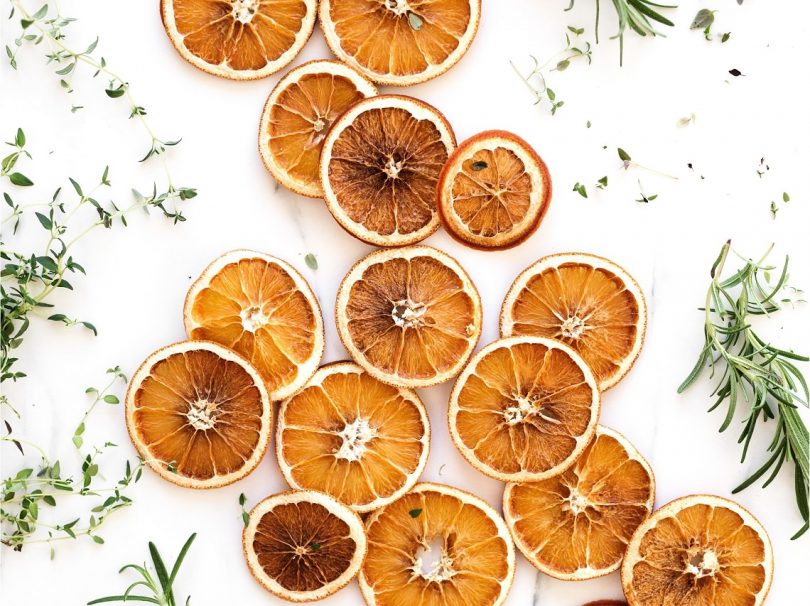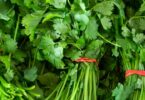Here is everything you need to know about dehydrating food.
Imagine having enough food for the coming months. Imagine not having to worry that your food has too many additives. Imagine having an ample stock of fruits and veggies even when they’re out of season. With food dehydration, all of these are possible!
Benefits of Dehydrating Food
1. You’ll finally be able to buy in bulk without worrying about spoilage
You can visit a farmer’s market and buy loads of fruits and vegetables at a bargain, dehydrate them, and then store them for later use. If you’re business-minded, you can even sell your dried food since they’re quite pricey in the stores.
2. You get to save time, energy, and money
Most people carry a grocery list but still end up getting additional items such as chips, candy bars, and drinks. It’s called impulse buying and it is why chocolates are placed at the checkout counters. Once you’ve built the habit of preserving your own food, you’ll need less time at the stores and eventually save money.
3. You’ll have the chance to prepare special meals at a lower cost
By dehydrating food, you’ll no longer need to wait for the right season to enjoy nutrient-packed fruits and vegetables at an affordable price. With dried foods, you can enjoy seasonal foods like pineapples and cherries regardless of the season! You can dehydrate any food that you want but here’s a list to give you an idea:
- Meat: Beef, Chicken, Fish, Lamb.
- Vegetables: Asparagus, Beets, Broccoli, Carrots, Corn, Cucumbers, Onion, Potato, Pumpkin, Tomato.
- Fruits: Apple, Banana, Coconut, Kiwi, Mango, Papaya, Watermelon.
4. You’ll save time preserving food compared to canning
Canning means having to sterilize your glass jars or cans before using them and having to prepare the sauce that will go with your canned foods.
Dehydrating food, on the other hand, would just require washing food, slicing them as needed, placing them inside your dehydrator, switching the machine on, and waiting for the process to finish.
5. You will get to free up space
Since drying shrinks food, you won’t need a big space to store them unlike when you can freeze your food. You can store dried food in different sizes of mason jars or Ziploc bags. If you’re thinking of long-term storage, you may opt for vacuum-sealed bags or plastic containers. Recycling containers are also a great option. Use silica gel to prevent moisture from filtering through your containers.
6. You will finally have full control over the food you eat
If you’re worried about genetically modified food or if you’re not confident about how foods are prepared in restaurants or fast food chains, then drying food, especially if you’re able to grow your own produce, would be a great option for you. It is highly recommended to dry food immediately after harvesting them to lock in the nutrients.
While dehydrated food can be bought from stores, unfortunately, some of them have sugars and additives. Thus, by dehydrating food on your own, you’ll be sure that you’re eating healthier food.
You can add dehydrated fruits to trail mixes or use them as a replacement to chips and fries. You may also choose to grind dehydrated food such as onion and garlic. Likewise, you could crush your dehydrated vegetables into powder form, store them, and cook them as soup later on.
7. You’ll manage to eat less and still be energized
When you dehydrate fruits, for example, you concentrate fruit sugars. This means that you can consume just a few dried fruits and still have the same energy as when you eat them fresh. This is why dried foods are popular among campers and backpackers. They’re lightweight but packed with nutrients.
However, be sure to eat mindfully when nibbling on dried food since it’s easy to consume more than you need in a short amount of time. And if your work or daily activity involves a lot of sitting, binging on dried fruit will make you gain weight quite fast.
8. You’ll have a great supply of antioxidants and fiber
Dried foods, especially fruits, have a greater concentration of fiber and antioxidants than fresh fruits. Also, since they’re all natural, they’re healthier for you. Also, nutrients such as Vitamin C, Beta Carotene, and Iron are kept intact.
9. You will get better-tasting food that can be enjoyed in different ways
Dehydrated foods are flavorful since they’re not watered down. Still, there are preservation enthusiasts who recommended letting dried food absorb some distilled water before consumption. There are even people who prefer to steam their dried food. It’s up to you to discover your own preferred way of enjoying dehydrated food.
10. You won’t produce as much waste, especially from spoilage
Do you have fruits or vegetables that are about to spoil? Slice them up and dehydrate them. Mother Nature will thank you. Food dehydration will enable you to enjoy foods that are closest to their natural state, which are considered healthier. If there’s a reason why the process has been around since prehistoric times, it’s because it works.
What’s Food Dehydration?
Food dehydration involves removing water and moisture from vegetables, fruits, meat, and fish through the use of a dehydrator, an oven, or through sun-drying. This helps prevent microorganisms like yeast, mold, and bacteria from growing and preserves food for future use while keeping nutrients intact.
The practice of dehydrating food has been going on since prehistoric times when people dried seeds under the sun for later consumption. There’s evidence that even back in 12,000 B.C., the Middle East and oriental civilizations already sun-dried their food. Indians sun-dried sliced meat, the Japanese dried their fish and rice, and the Chinese sun-dried eggs.
Given today’s focus on fast food though, people have either become too trusting towards food companies or too busy with their own affairs to think about what additives and preservatives are put in their burgers, what their French fries are made of, how is their food prepared, etc.
READ ALSO: How to Dehydrate Food Successfully: A Beginner’s Guide
Most Common Types of Food Dehydration
Preserving your own food means being able to control almost everything about the food you eat, including its quality. There are a number of ways to preserve food through dehydration. Among the more accessible means are sun-drying and oven-drying. Food preservation enthusiasts, of course, rely on standalone dehydrators.
Sun-drying
If you would like to try sun-drying, fruits would be your best choice since they’re rich in both sugars and acids. This means that they won’t spoil easily during the process, unlike vegetables. Sun-drying meat, on the other hand, may lead to bacterial growth since it is filled with protein.
How long does it take to sun-dry fruits? Tomatoes, for example, will need about 10 to 14 days. Depending on your recipe, you may add salt, red wine, or ascorbic acid to your fruits before sun-drying them.
Oven-drying
You’ll need to consider the type of oven you have. If it runs on electricity, you should keep in mind that it’ll have to be left on for hours. So, it might not be cost-effective depending on where you live. Also, you need to keep the oven door slightly open to get rid of moisture. This will cause your room to feel warmer although it would be a good source of additional heat during frigid months.
Using a food dehydrator
Once you’ve become accustomed to dehydrating food, you might want to invest in a dehydrator. Unlike the oven, a dehydrator won’t destroy food enzymes. It also allows for even yet thorough drying. There’s the advantage of being more energy efficient as well, which should translate to greater savings. And by the way, you won’t have to check on a dehydrator as frequently since it’s much safer to use.
If you’re wondering which type of food dehydration is most cost-effective, here’s a comparison, which was done in 2010. Yes, it has been years and the costs vary now, but this would give you an idea. This estimate factors in the equipment used, an estimated amount for repair, electrical consumption, and packaging method.
Freezing food costs $81 for every 500 pounds or 16.2 cents per pound of food. Canning food costs $31 for every 560 pounds or 5.5 cents per pound of food. Dehydrating costs $24.29 for every 500 pounds or 4.8 cents per pound of food.
Food dehydration can change your life.
There are lots to consider if you’re going to start dehydrating food such as investing in equipment, containers, and storage space. Also, make time to purchase foods to be dehydrated, prep them, and store them later. But the benefits outweigh the hassles. Just the fact that you can have enough healthy food for prolonged periods is a great advantage.
It’s high time for you to be mindful of what you consume and to make sure that your food will help lengthen your life. There’s no need to wait until you’re diabetic or suffering from high blood pressure before you decide to let go of fast food products. Your body will show whether you consume healthy or unhealthy food.
As they say, you are what you eat—and by dehydrating food, eating healthy should be relatively easy. To learn more about dehydrating and some of the best recipes to get started, check out this article from Insteading.com.





